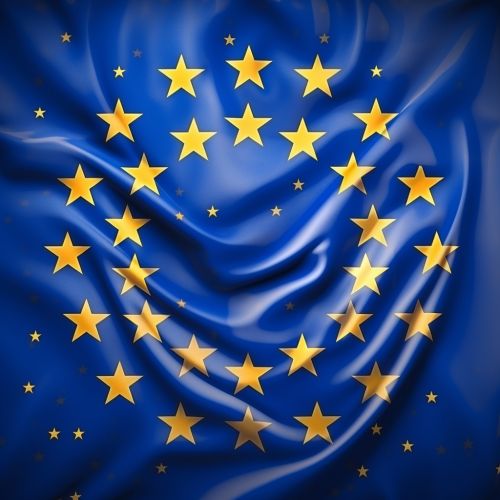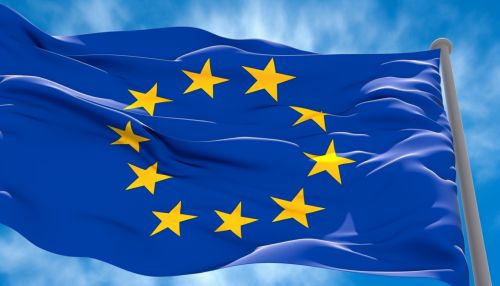European Union
Overview
The European Union (EU) is a political and economic union of 27 member states located primarily in Europe. It has an area of 4,233,255.3 km2 and an estimated total population of about 447 million. The EU operates through a system of supranational independent institutions and intergovernmental negotiated decisions by the member states. Institutions of the EU include the European Commission, the Council of the European Union, the European Council, the Court of Justice of the European Union, and the European Central Bank. The EU has developed an internal single market through a standardized system of laws that apply in all member states. EU policies aim to ensure the free movement of people, goods, services, and capital within the internal market; enact legislation in justice and home affairs; and maintain common policies on trade, agriculture, fisheries, and regional development.
History
The European Union was created in the aftermath of the Second World War. The first steps were to foster economic cooperation: the idea being that countries that trade with one another become economically interdependent and so more likely to avoid conflict. The result was the European Economic Community (EEC), created in 1958, and initially increasing economic cooperation between six countries: Belgium, Germany, France, Italy, Luxembourg and the Netherlands. Since then, a huge single market has been created and continues to develop towards its full potential.
Governance
The EU operates through a hybrid system of supranational and intergovernmental decision-making. The seven institutions of the EU are the European Parliament, the European Council, the Council of the European Union, the European Commission, the Court of Justice of the European Union, the European Central Bank, and the Court of Auditors. Competence in scrutinizing and amending legislation is shared between the Council of the European Union and the European Parliament, while executive tasks are performed by the European Commission and in a limited capacity by the European Council (not to be confused with the aforementioned Council of the European Union). The monetary policy of the eurozone is governed by the European Central Bank.
Economy
The European Union economy consists of an internal single market and the EU is a member of the World Trade Organisation (WTO). The EU has been the largest trading partner of the US since 2000. From 1999 to 2010 the EU had a growing trade imbalance with China, resulting in a trade deficit. The economy of the EU is the largest on Earth, with a GDP of more than $18.8 trillion in 2018. The EU is represented at the G7 summit by the presidents of the European Commission and the European Council.


Member States
The EU has 27 member states. Each member state is party to the founding treaties of the union and thereby shares in the privileges and obligations of membership. Unlike members of most international organisations, the member states of the EU have agreed to a legal framework where laws made by the EU institutions are directly applicable to the member states. In return, the member states delegate certain powers to the EU institutions to represent them in matters of common interest. This system of governance, known as the "Community method", is considered one of the key distinguishing features of the EU.
